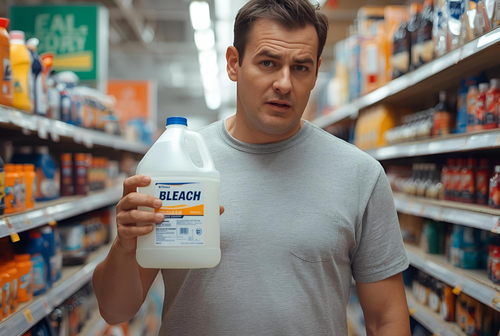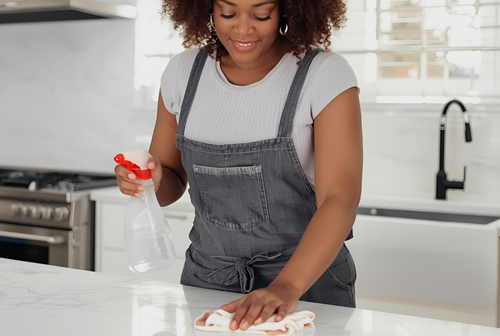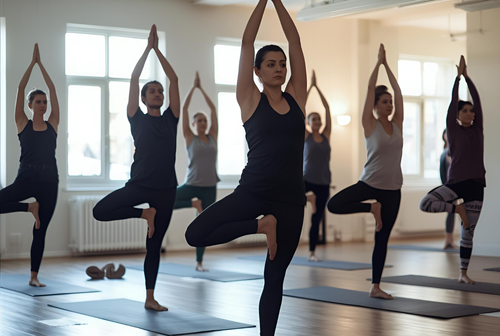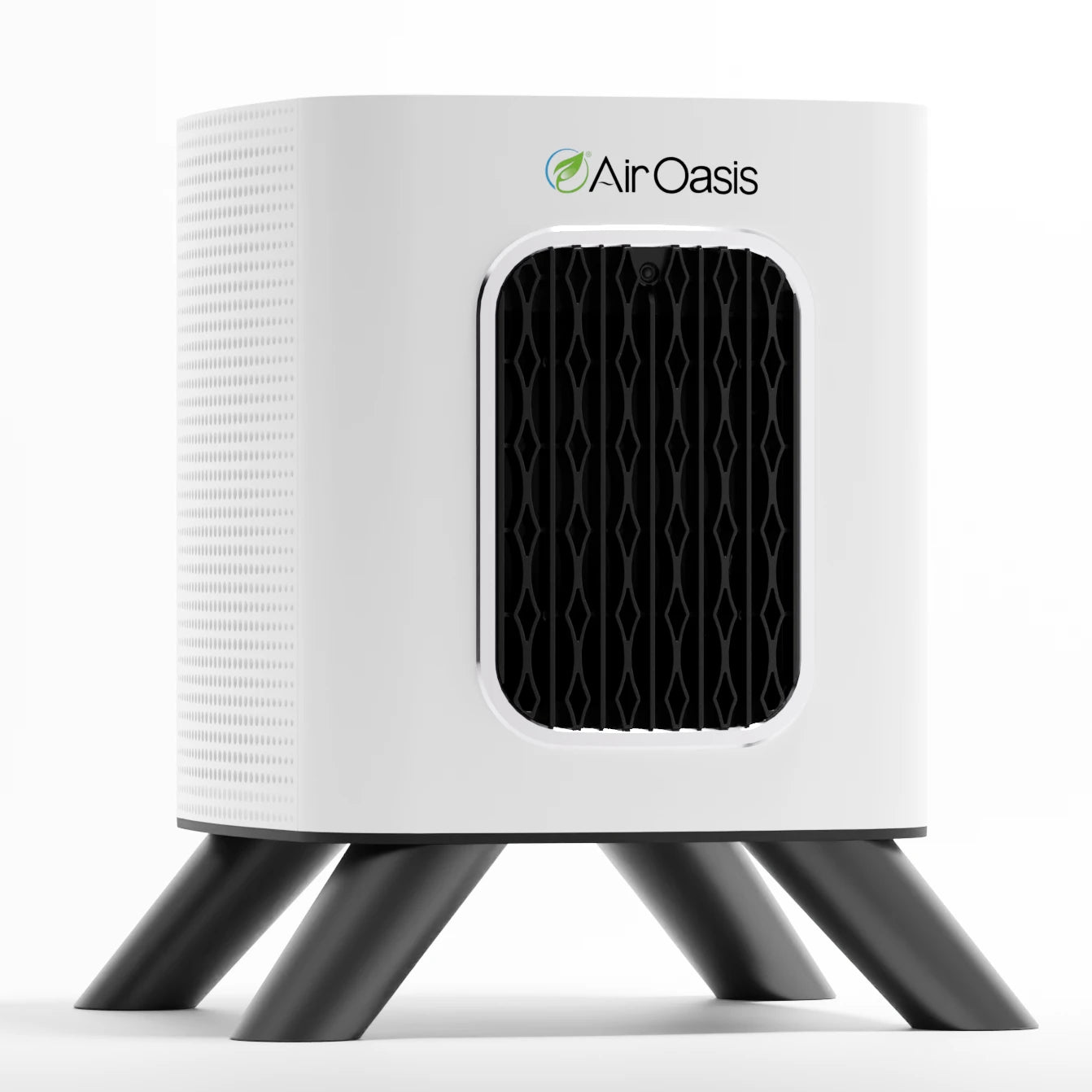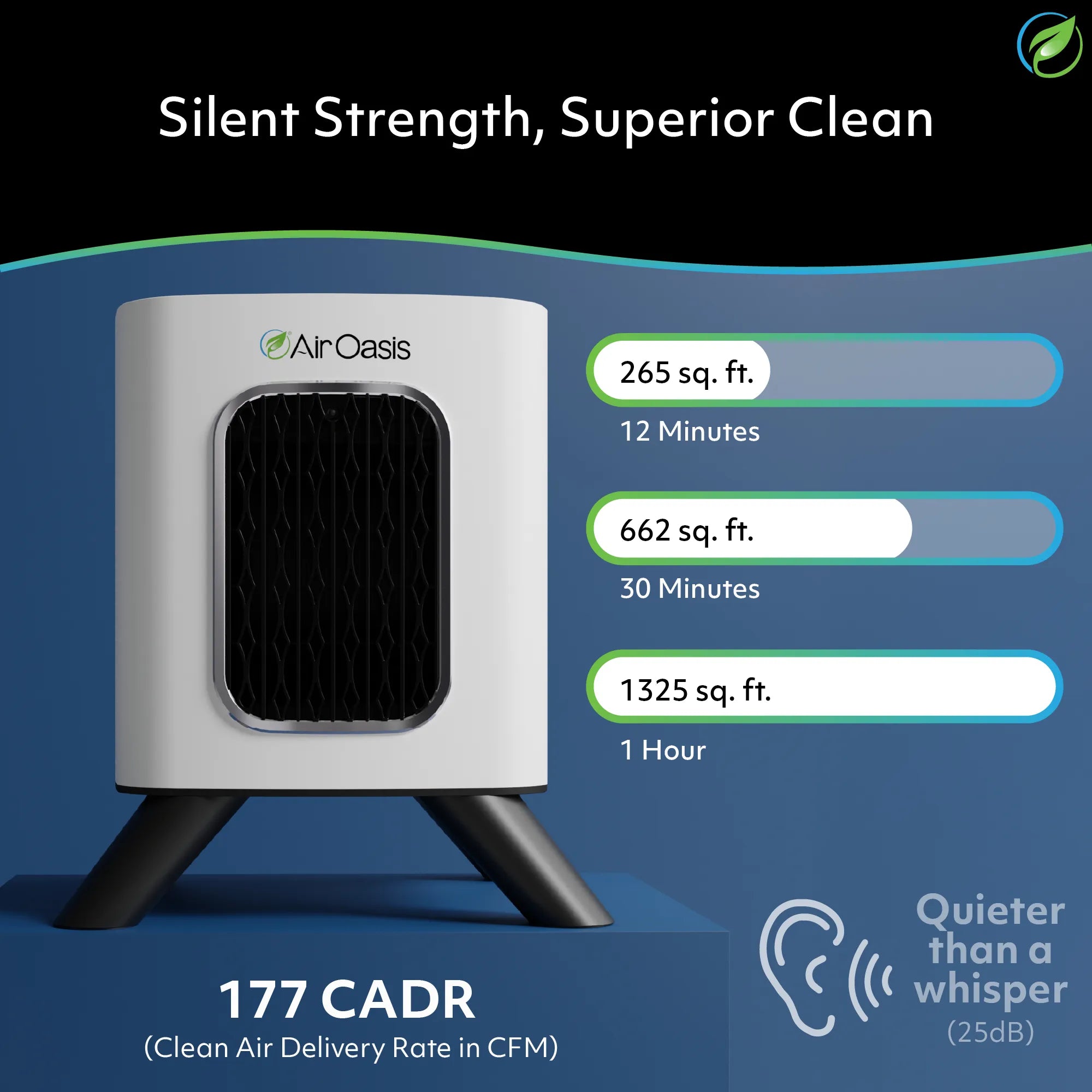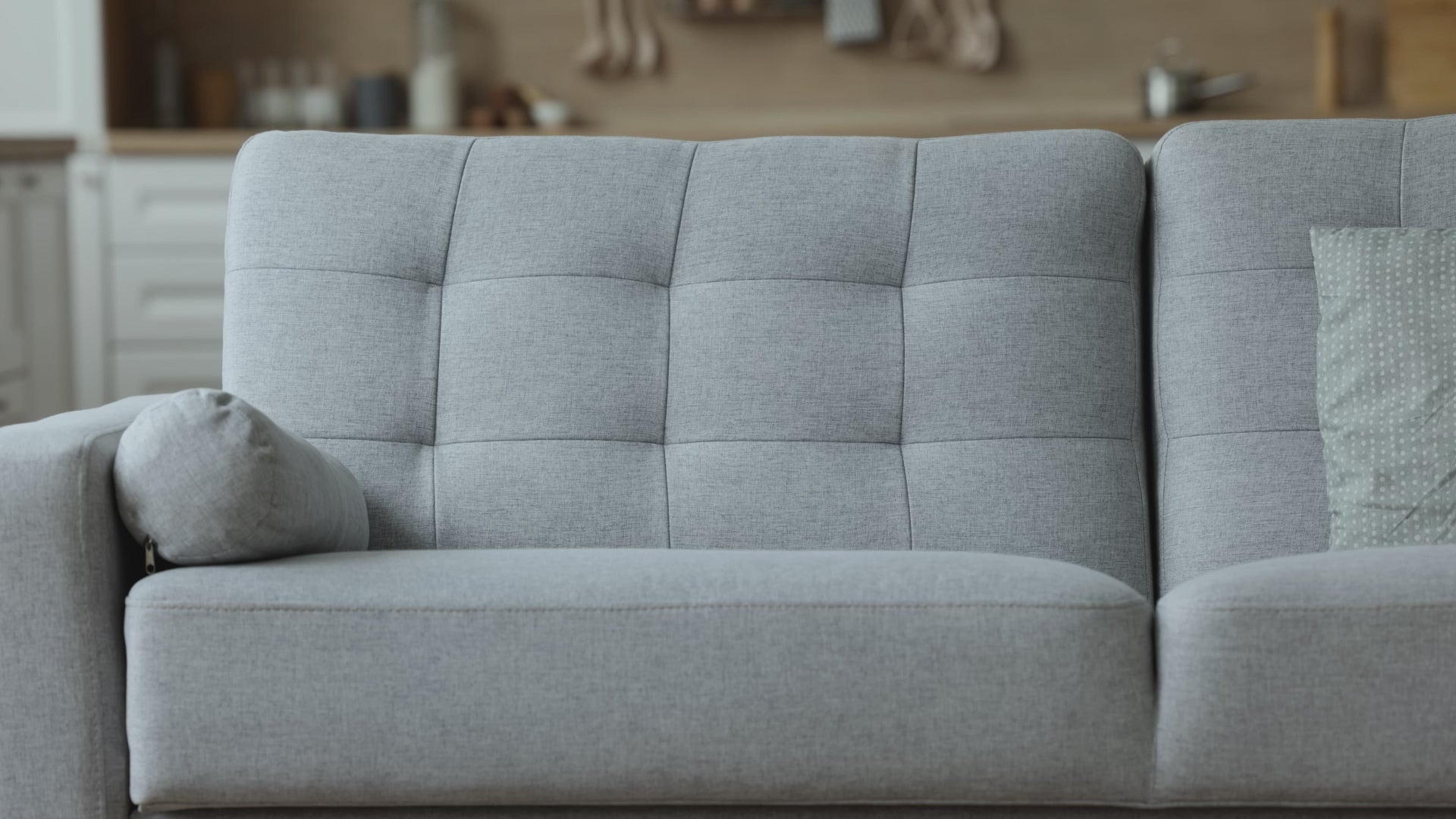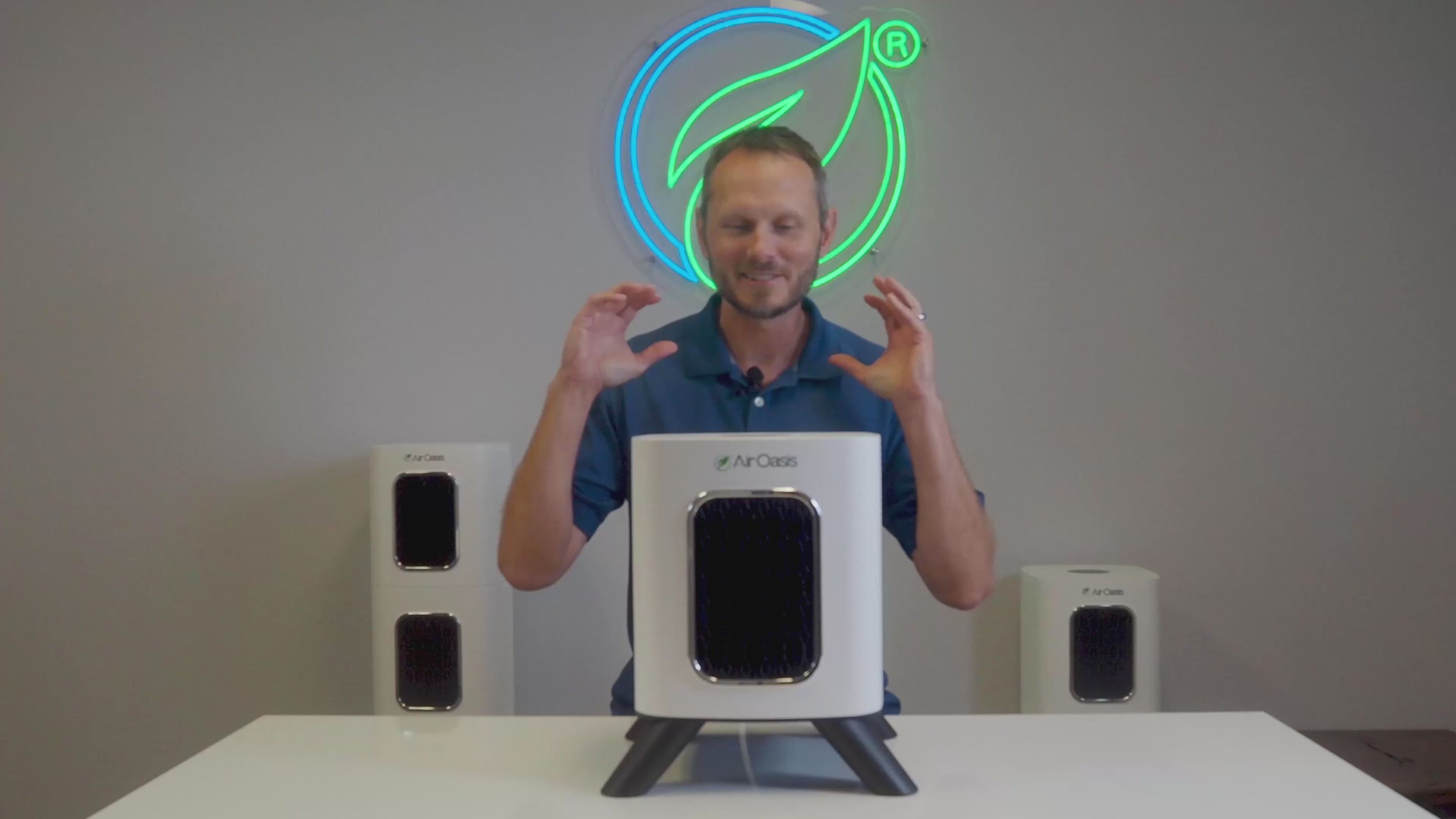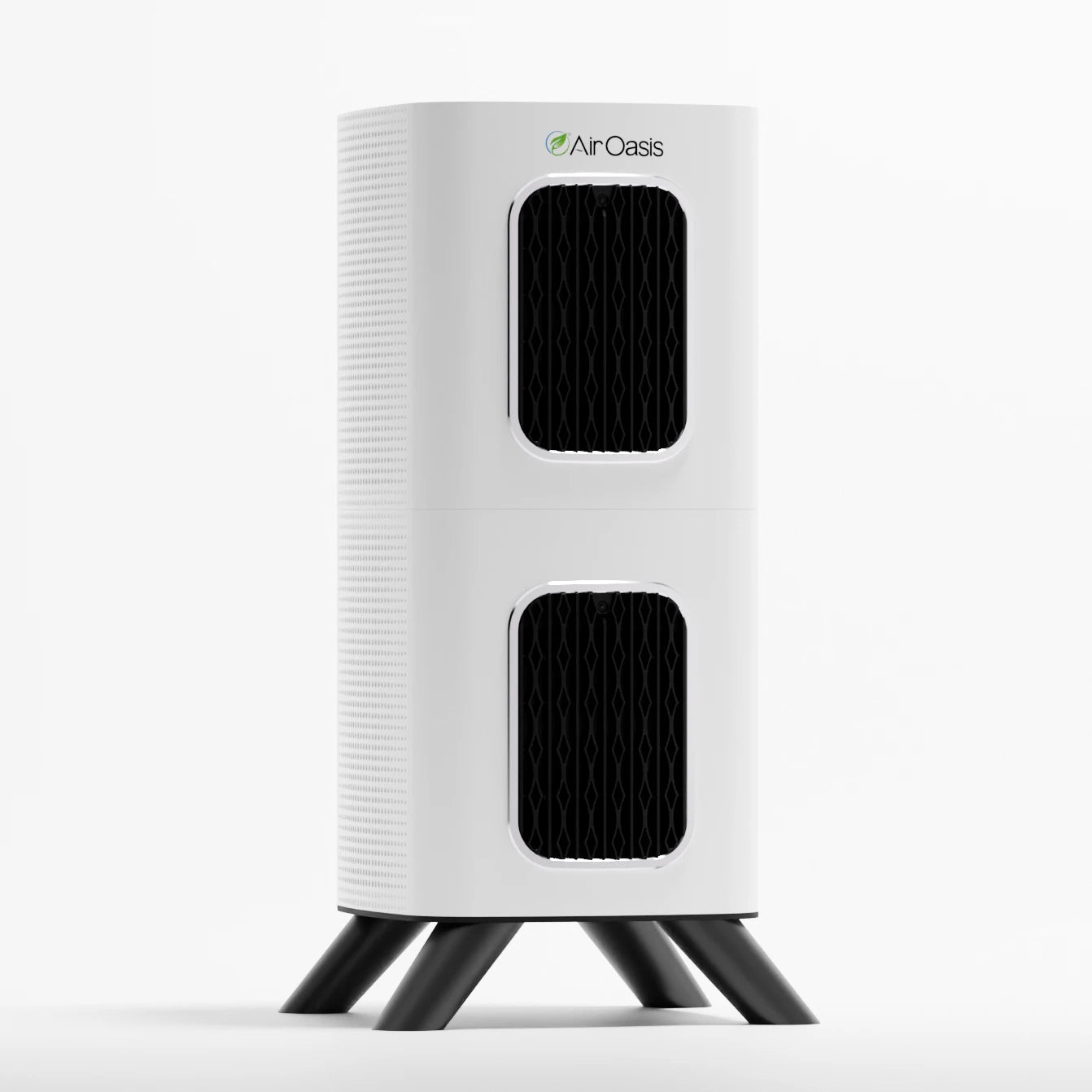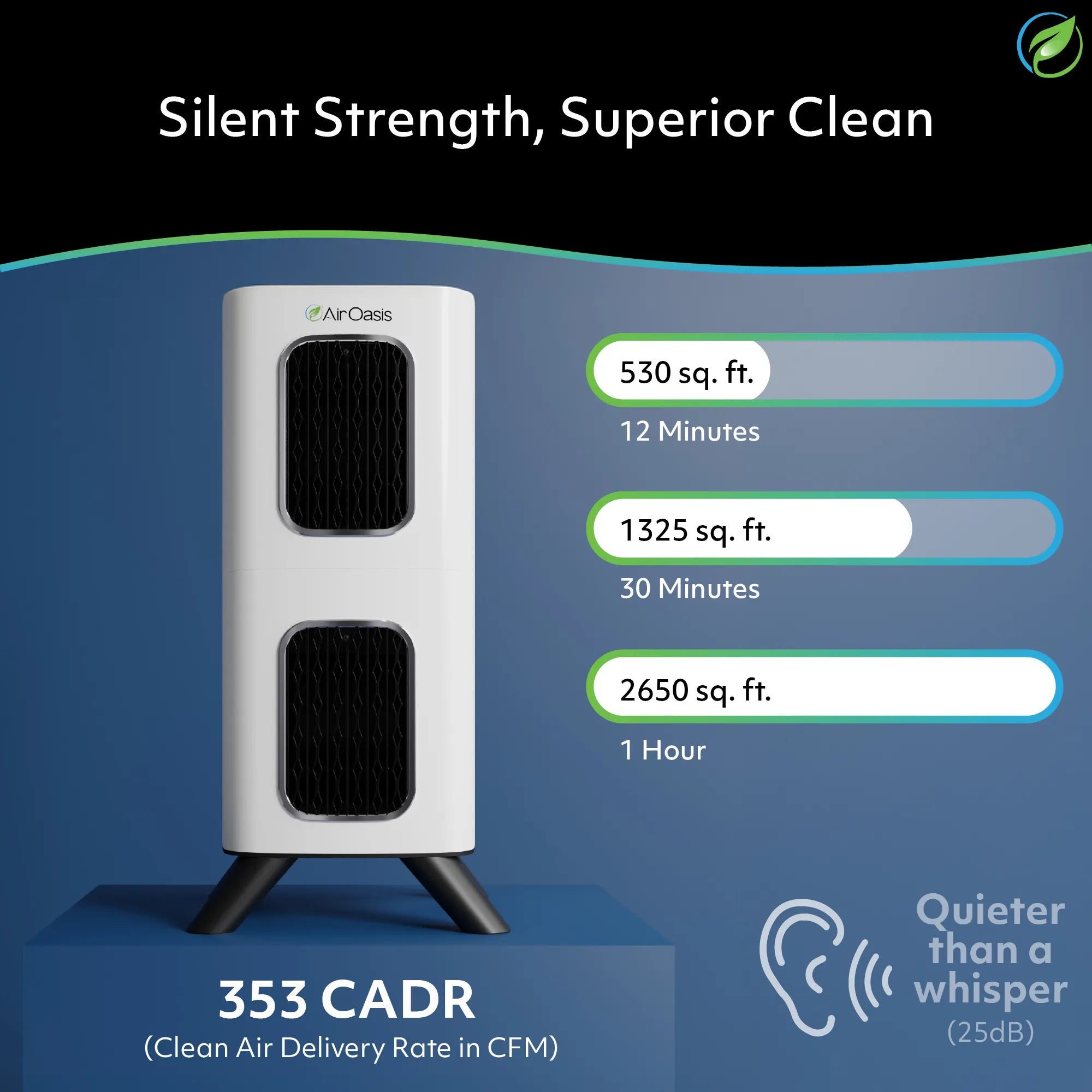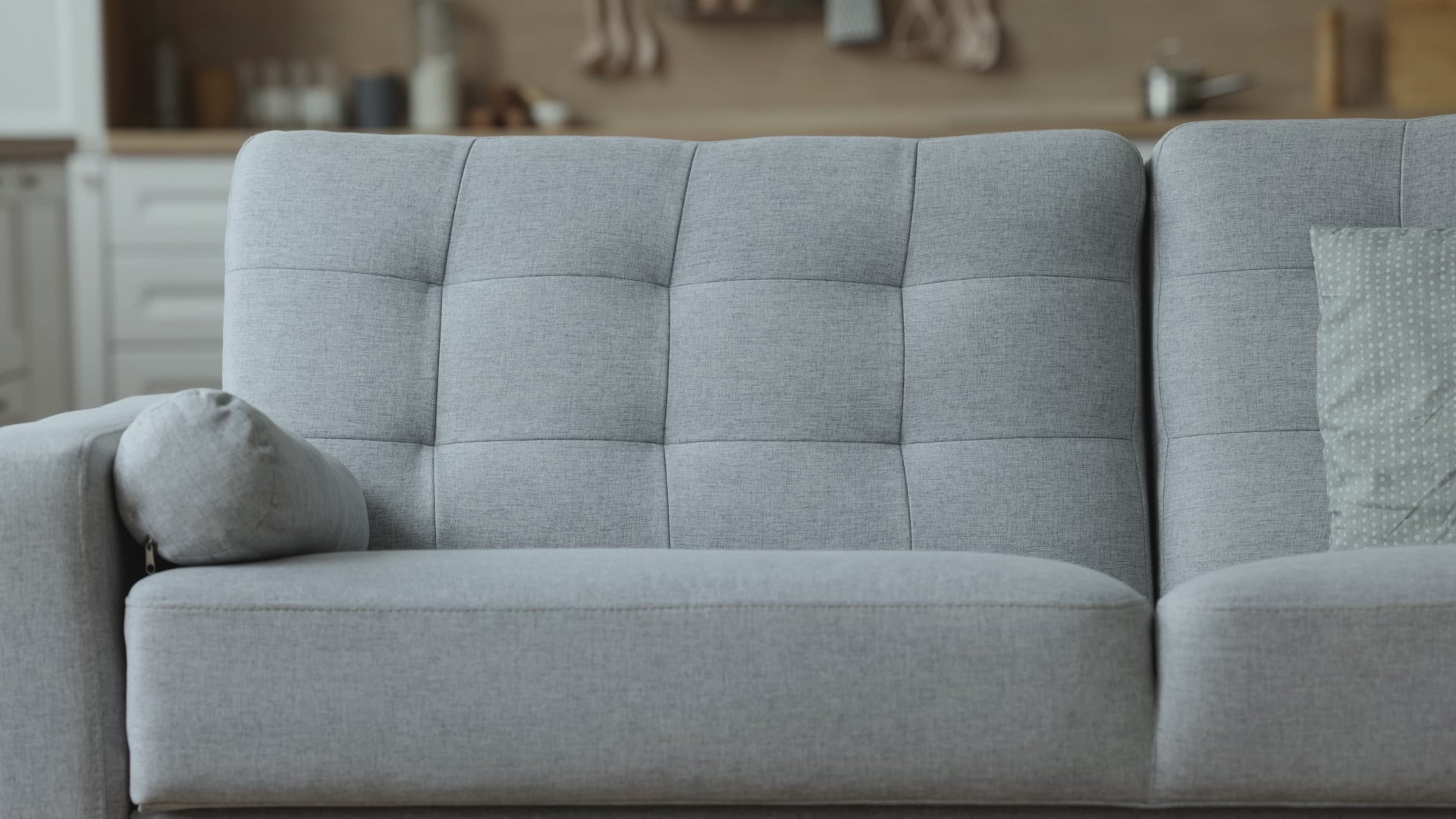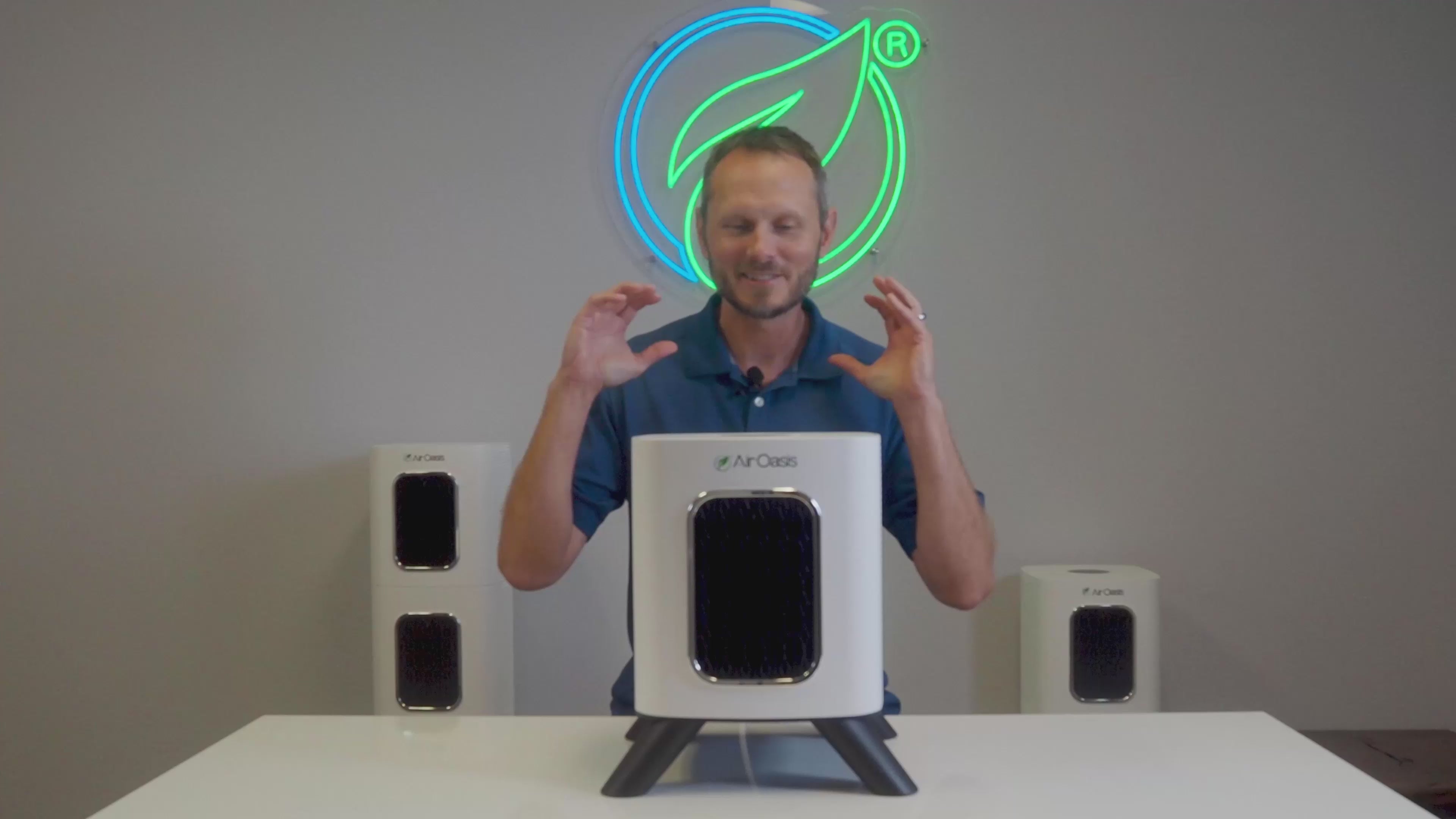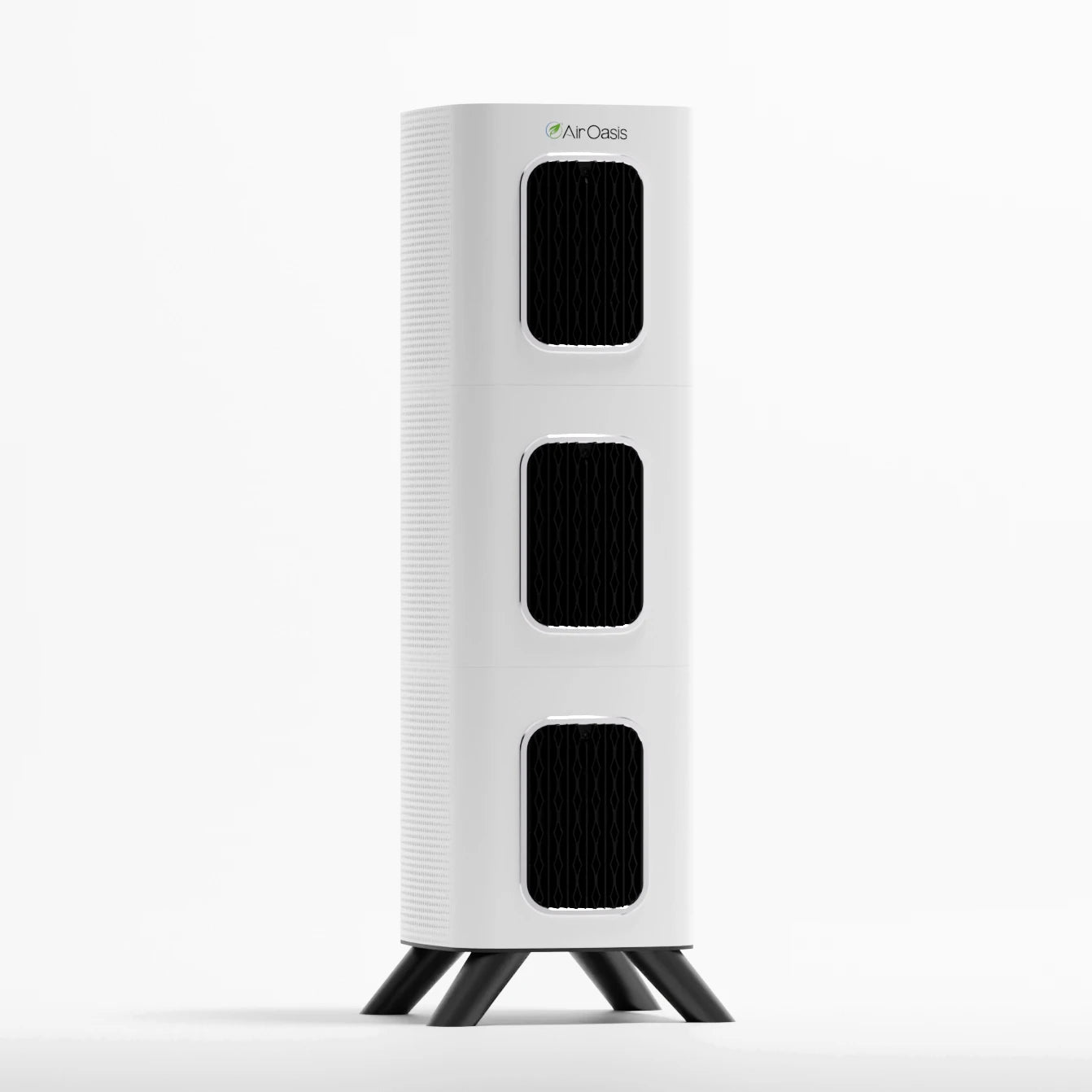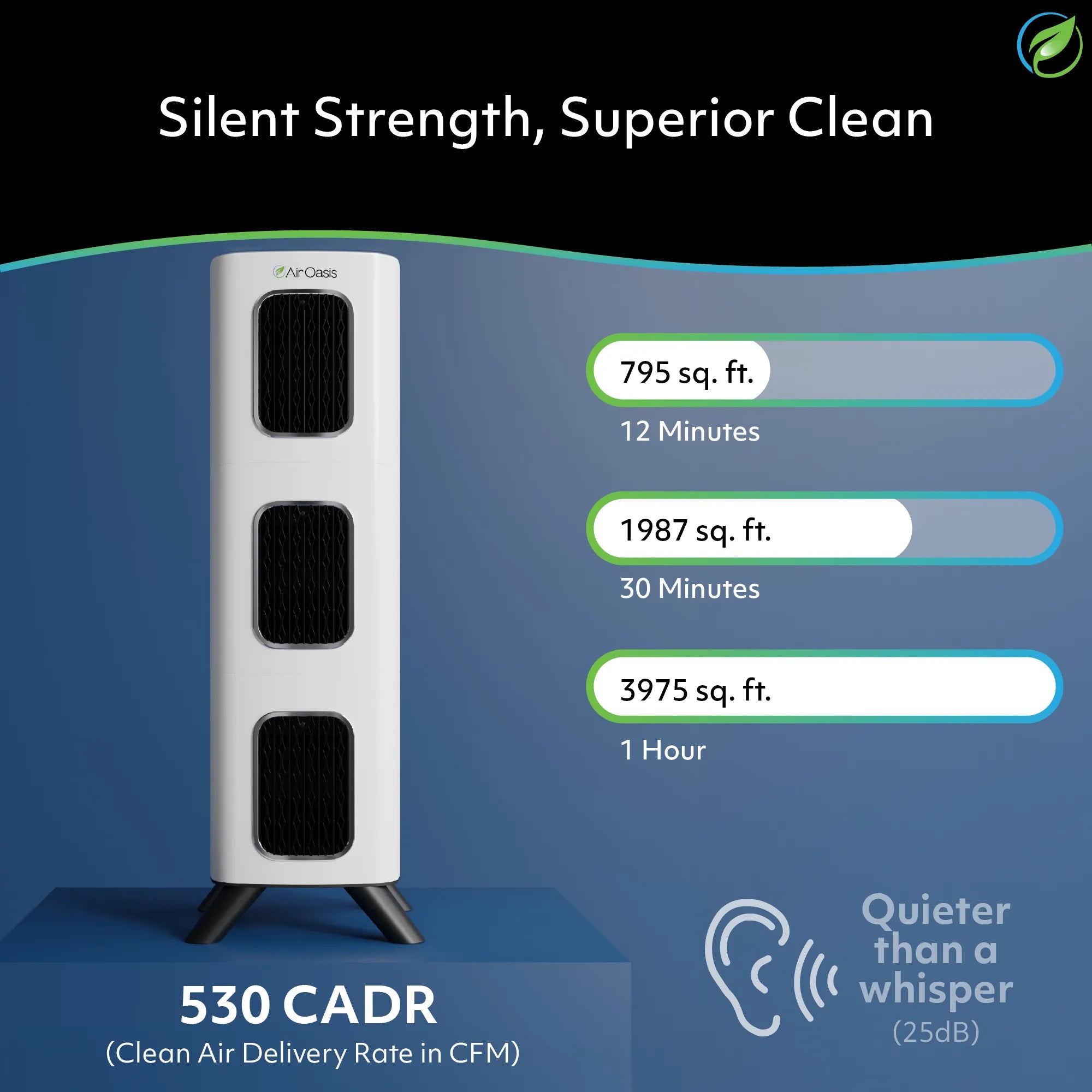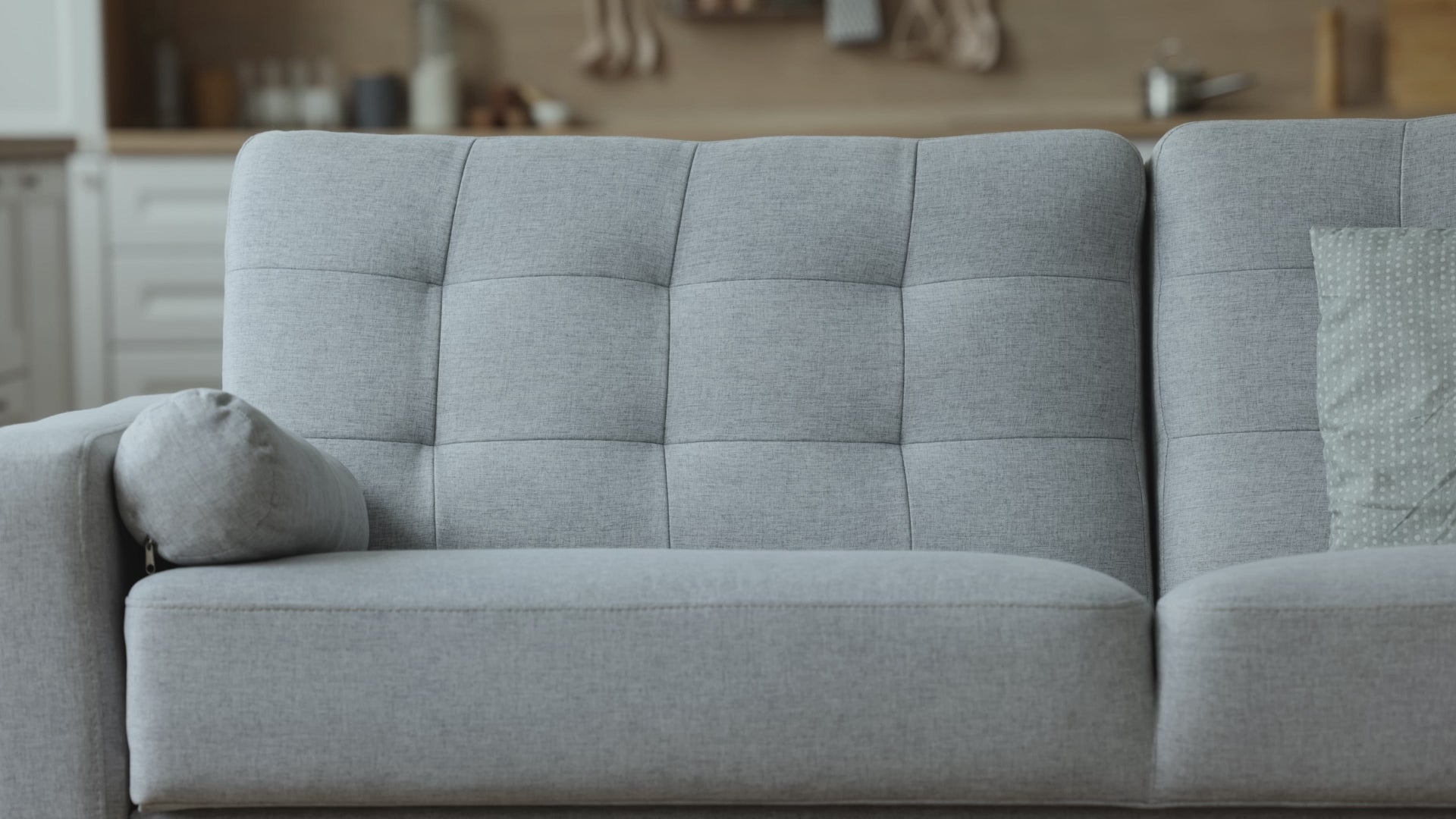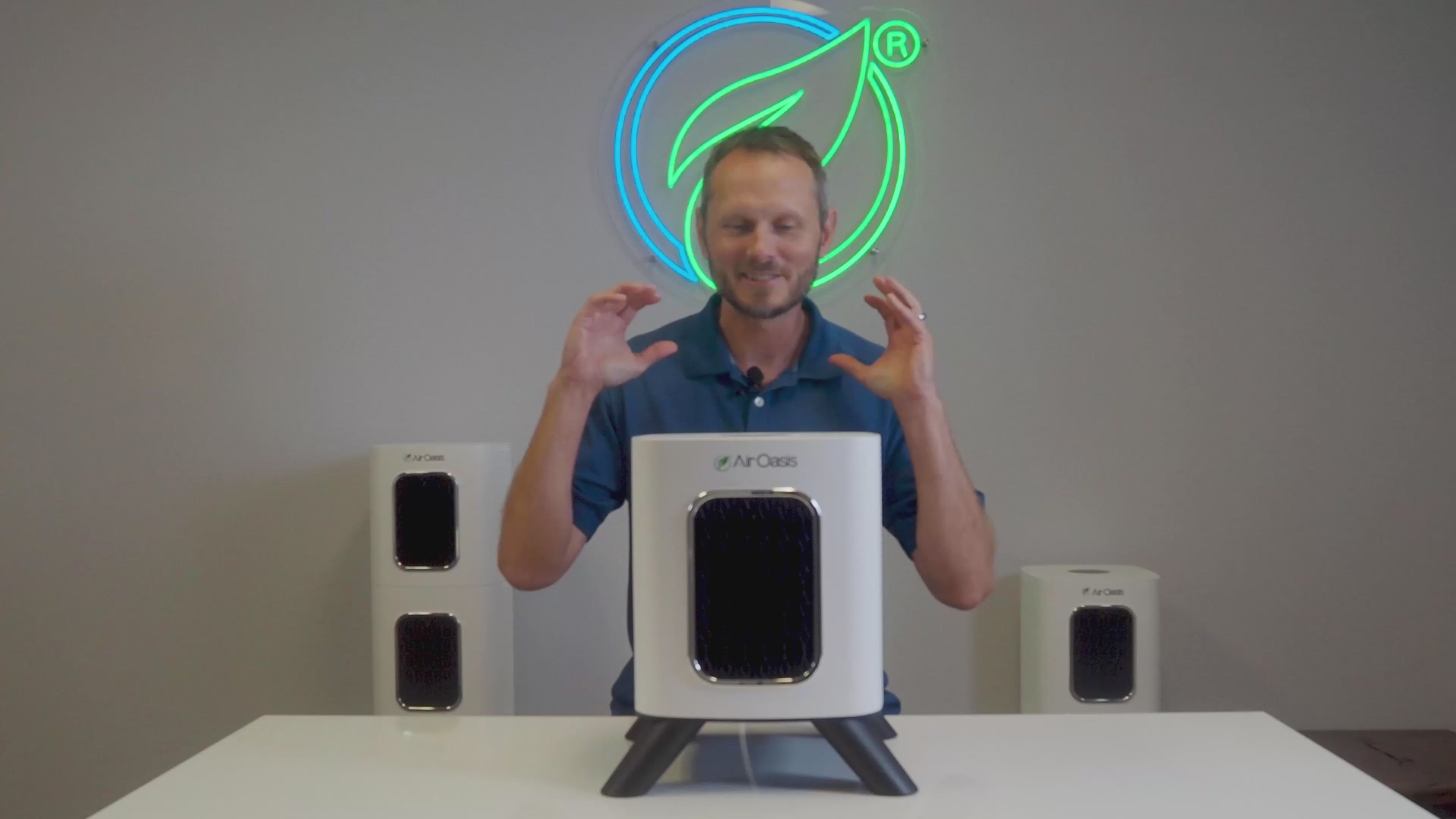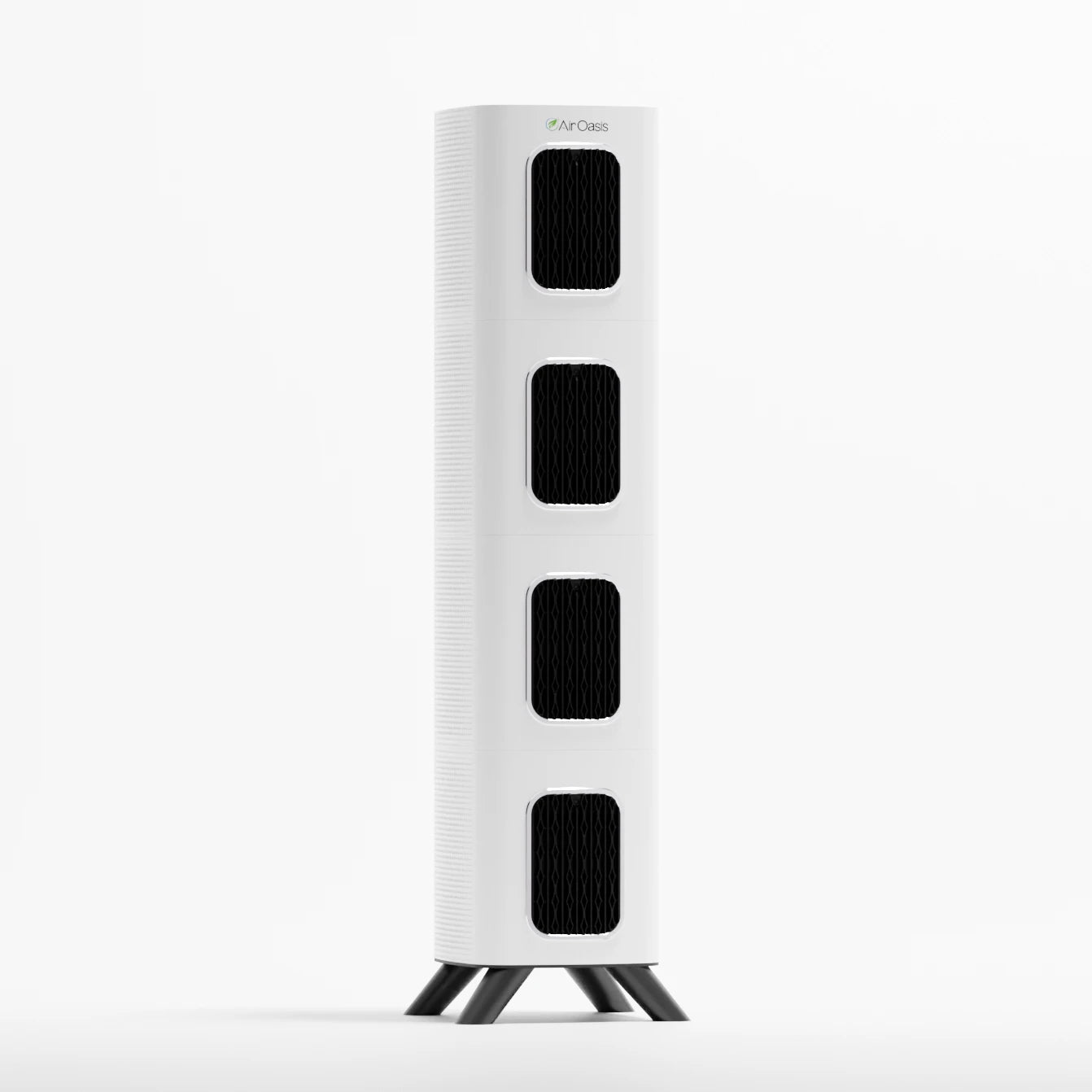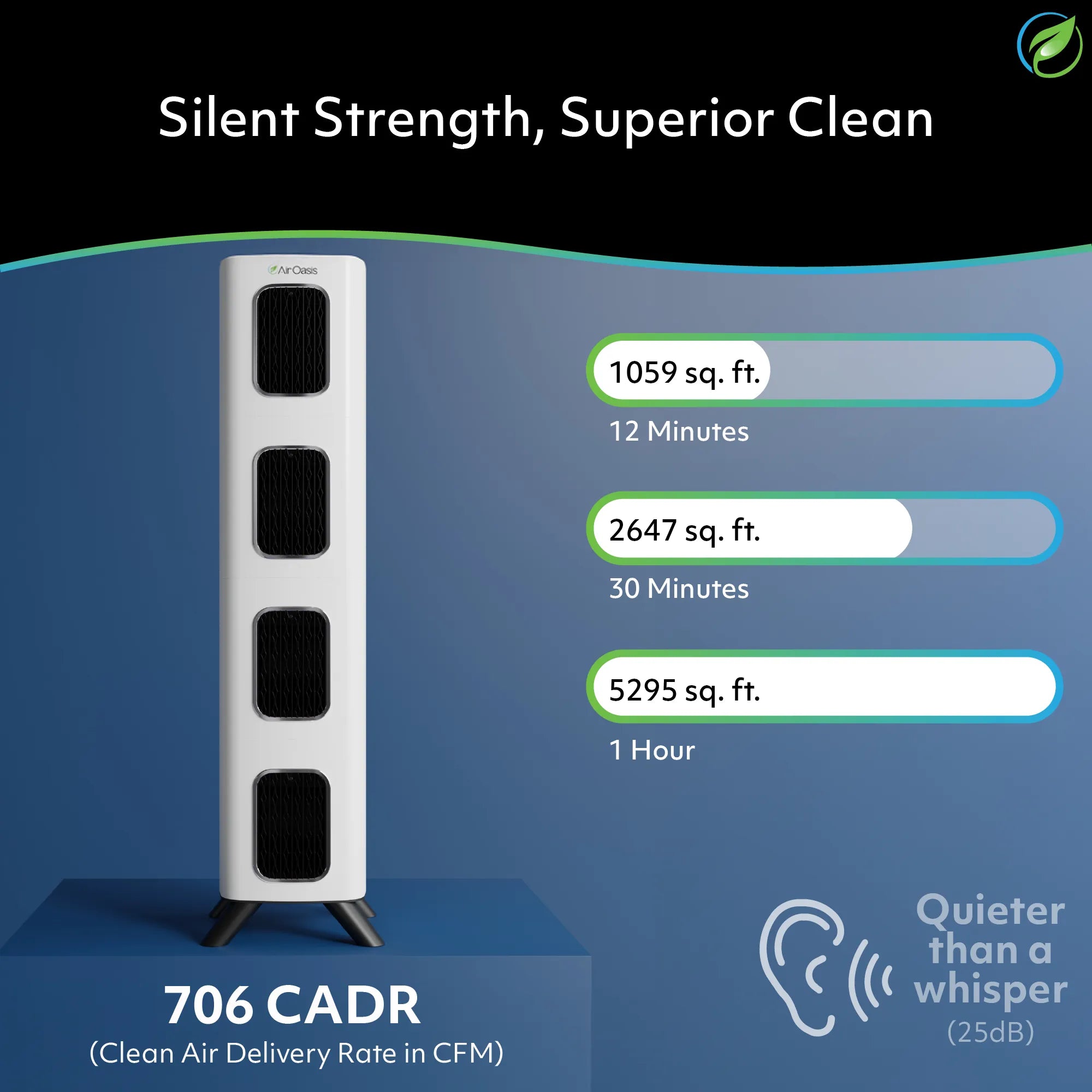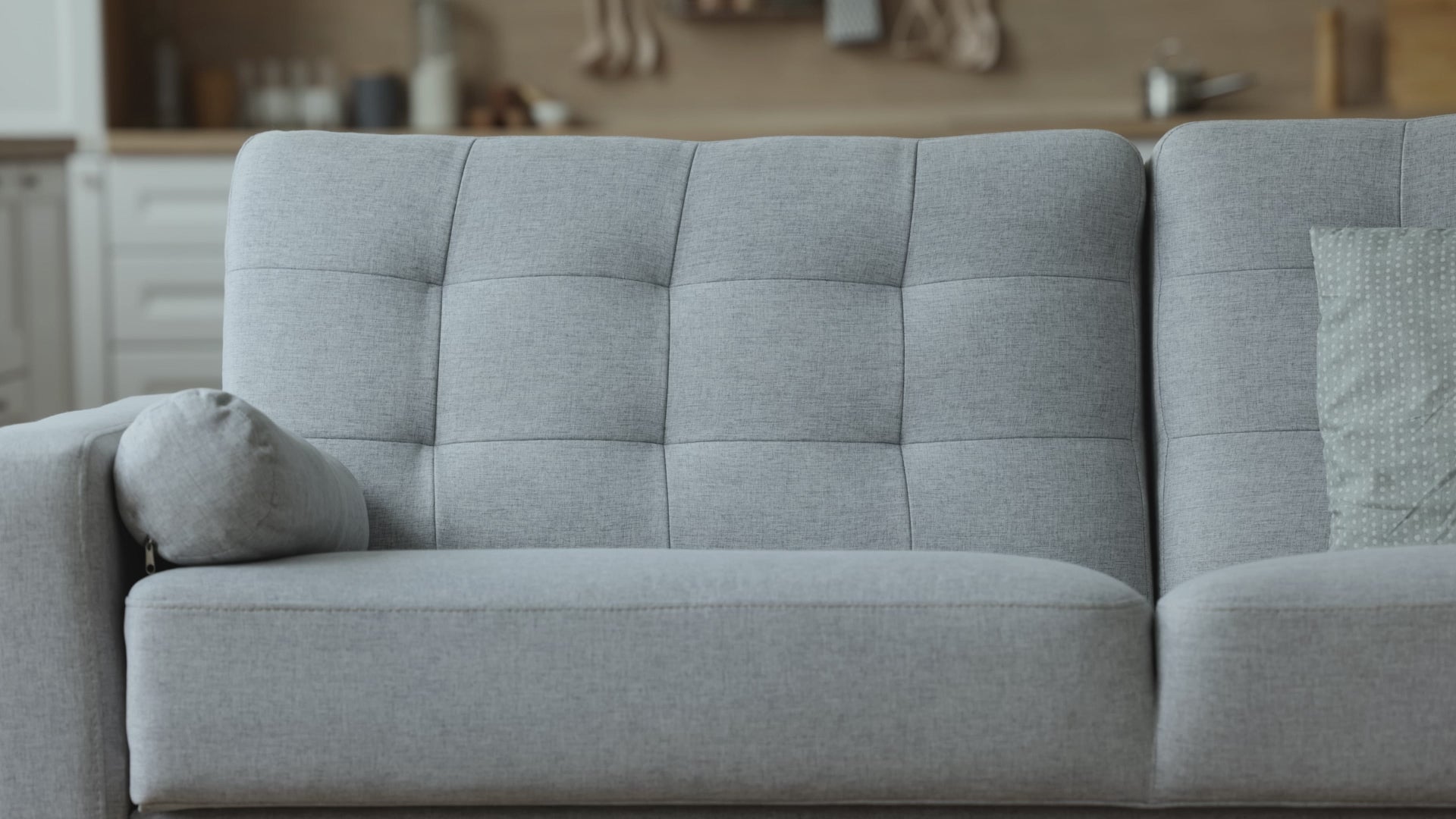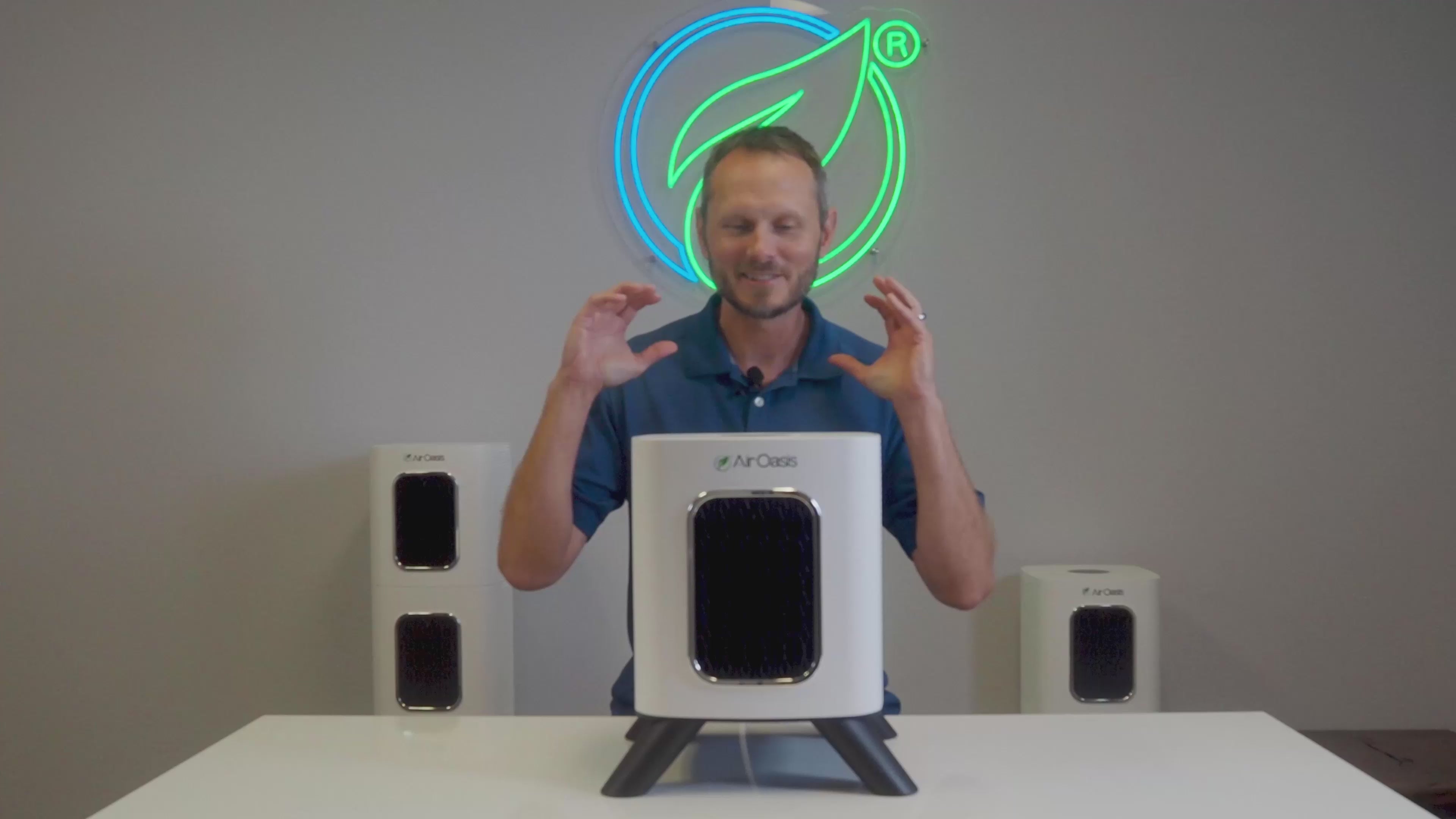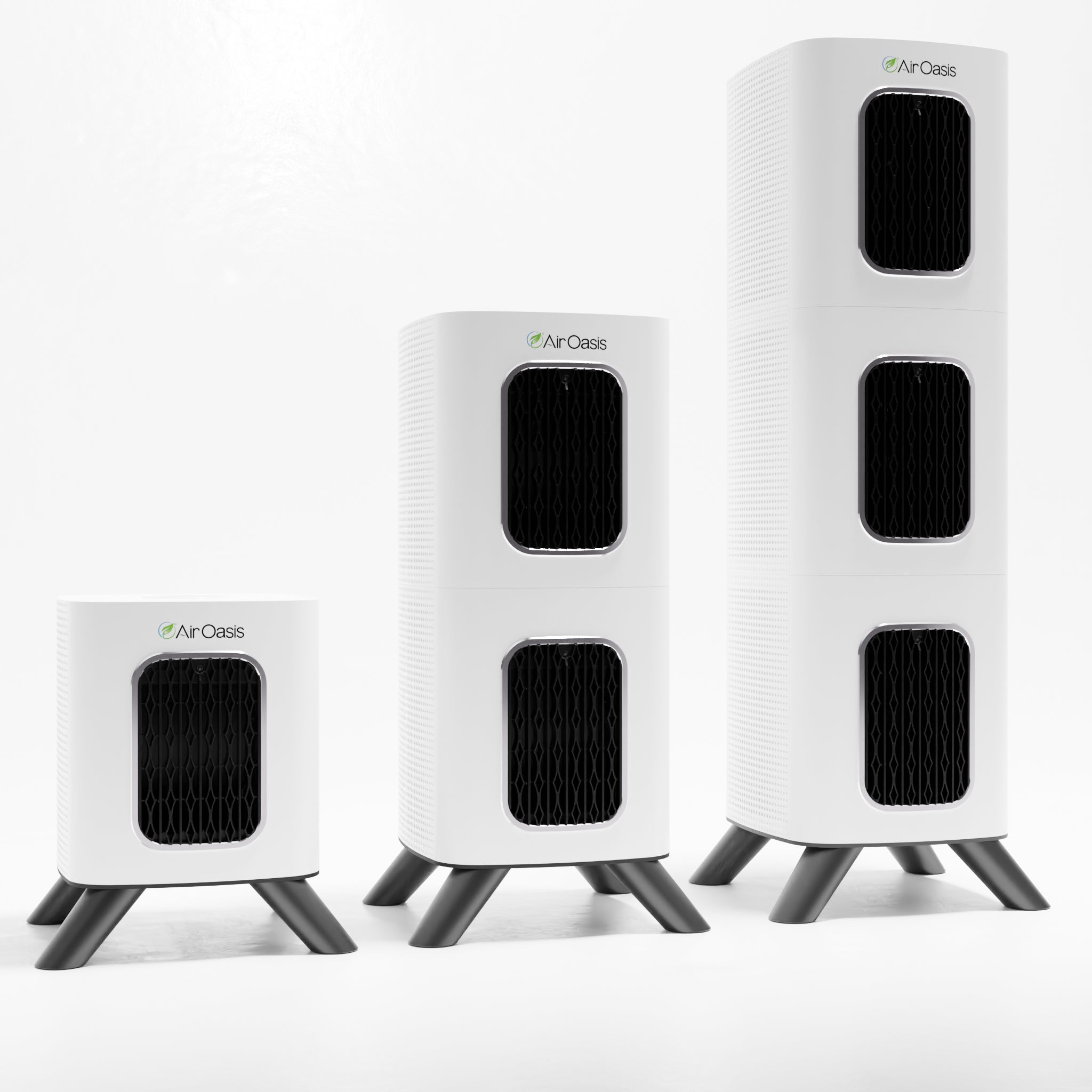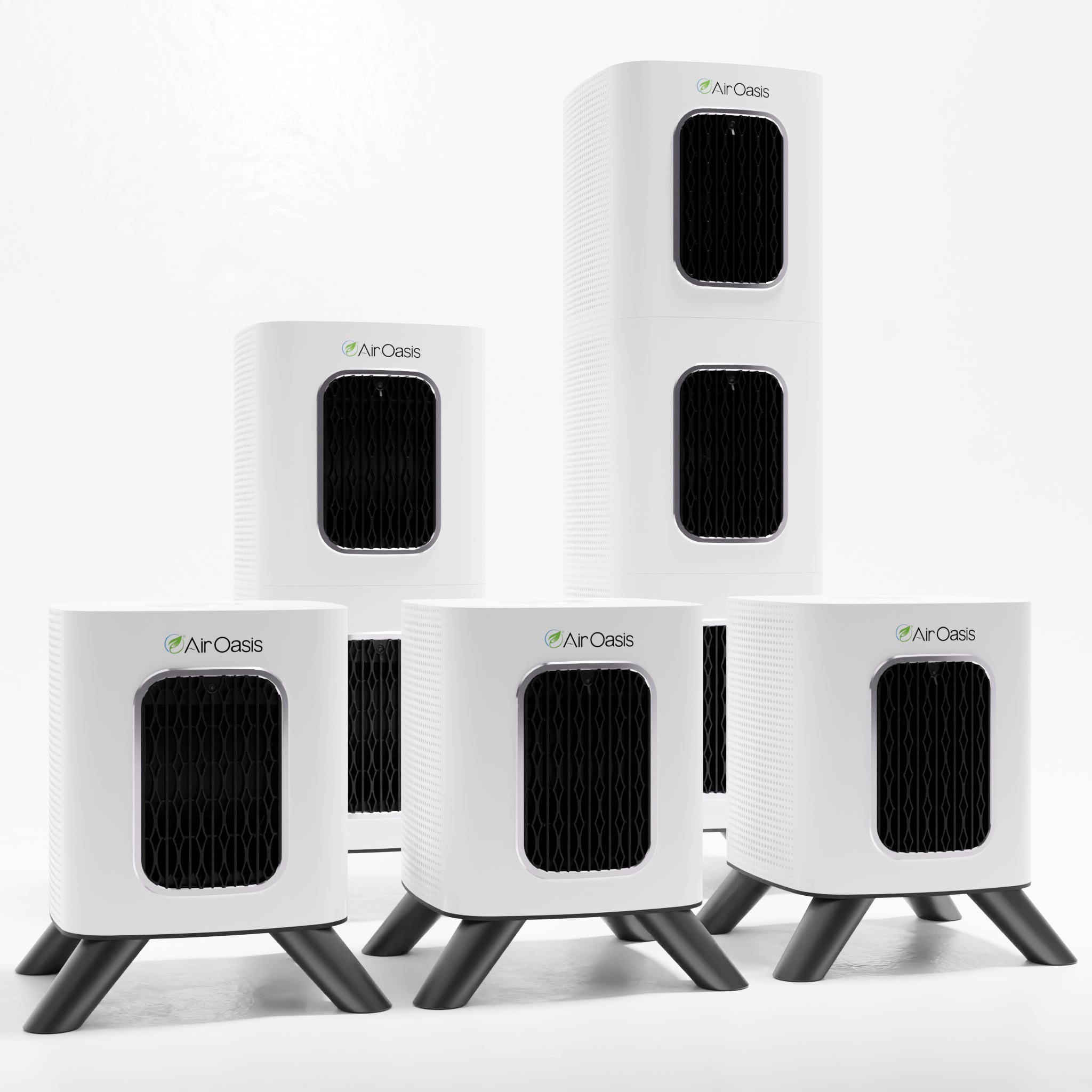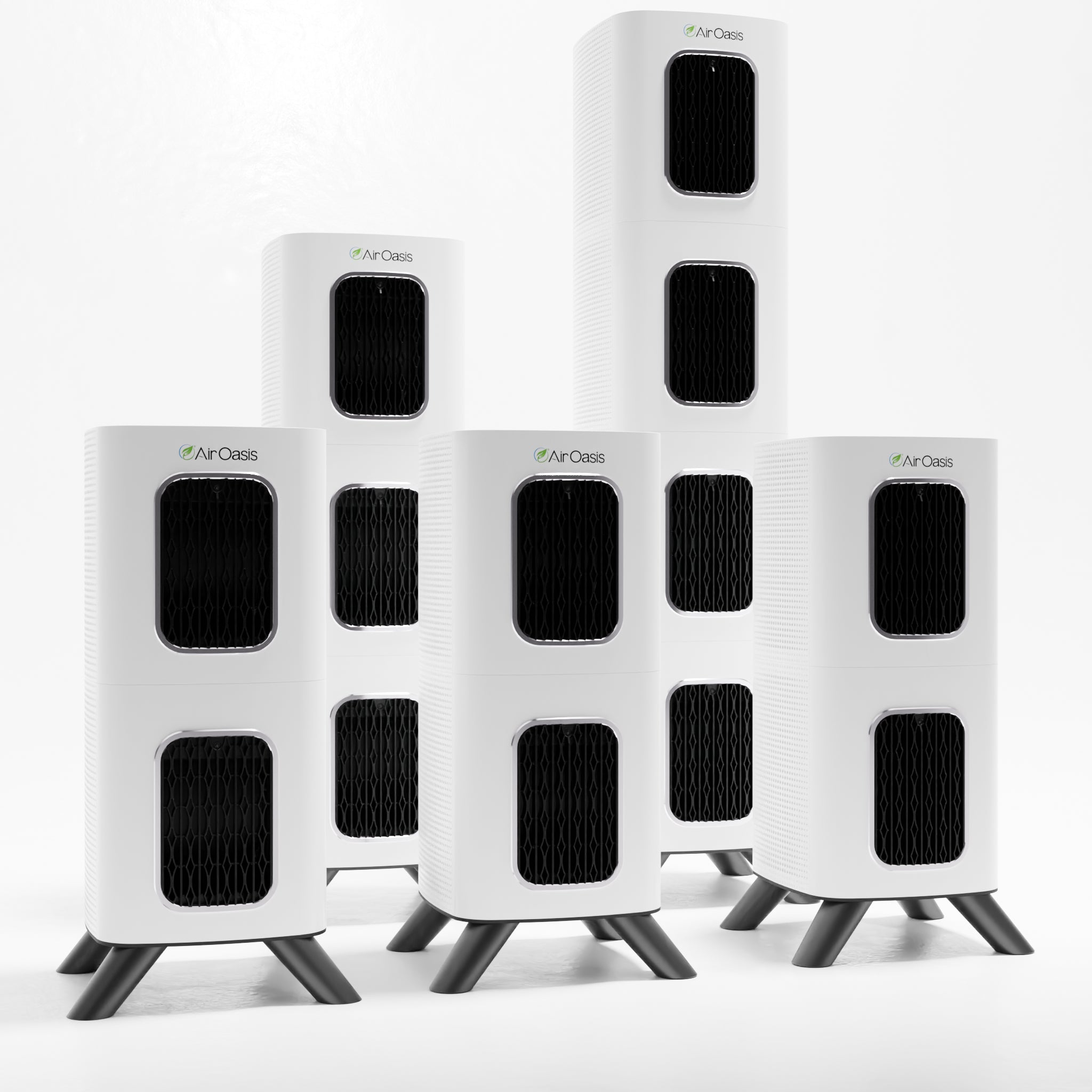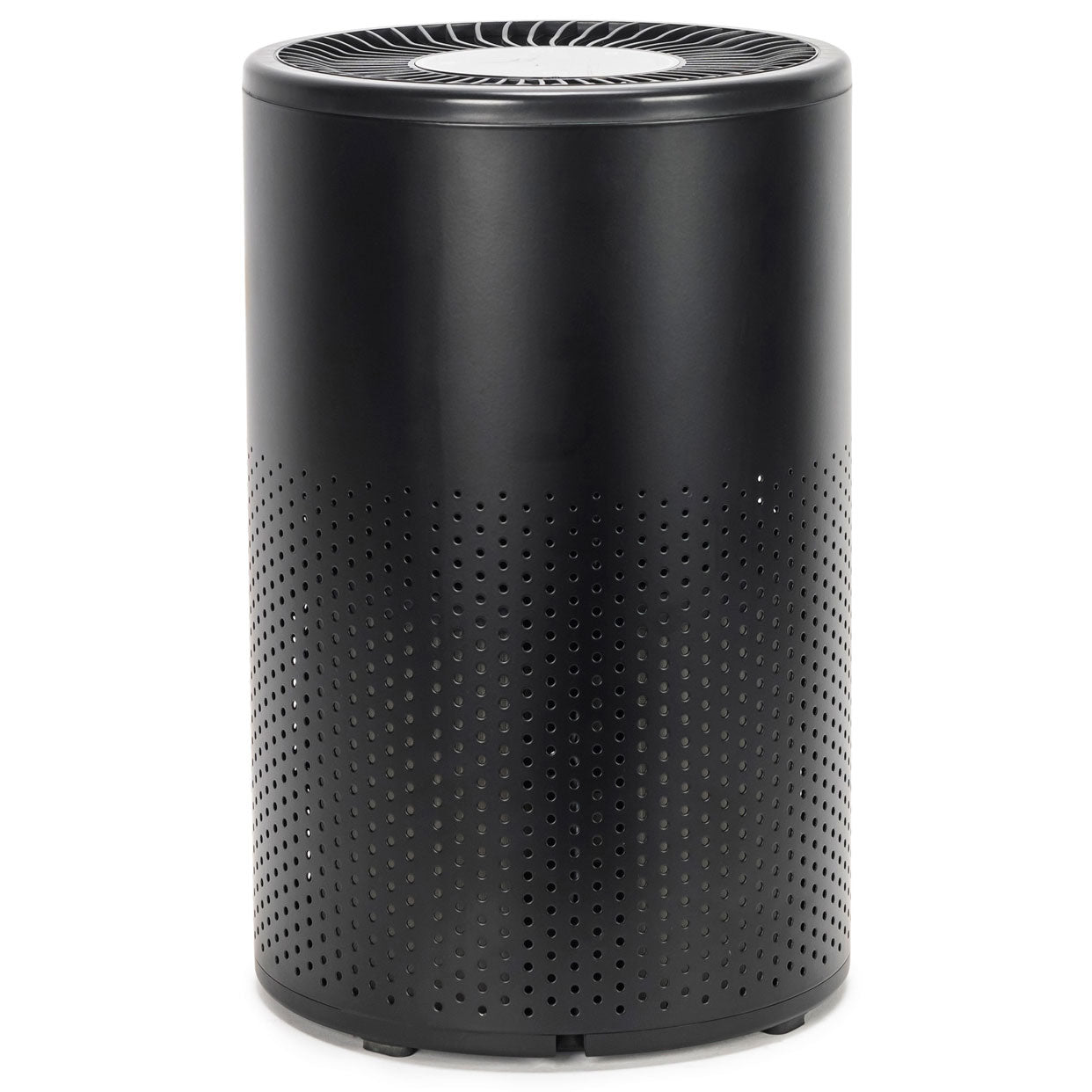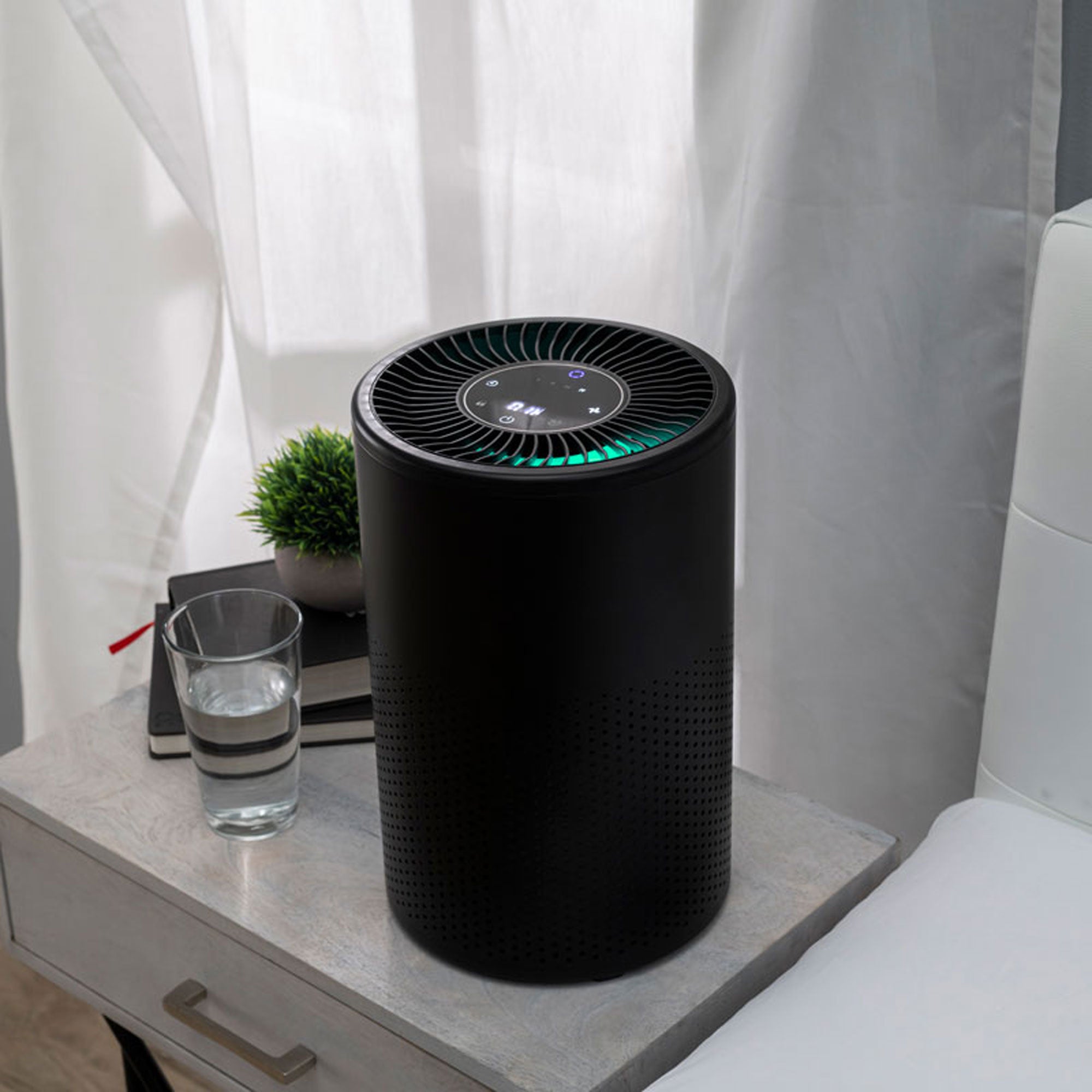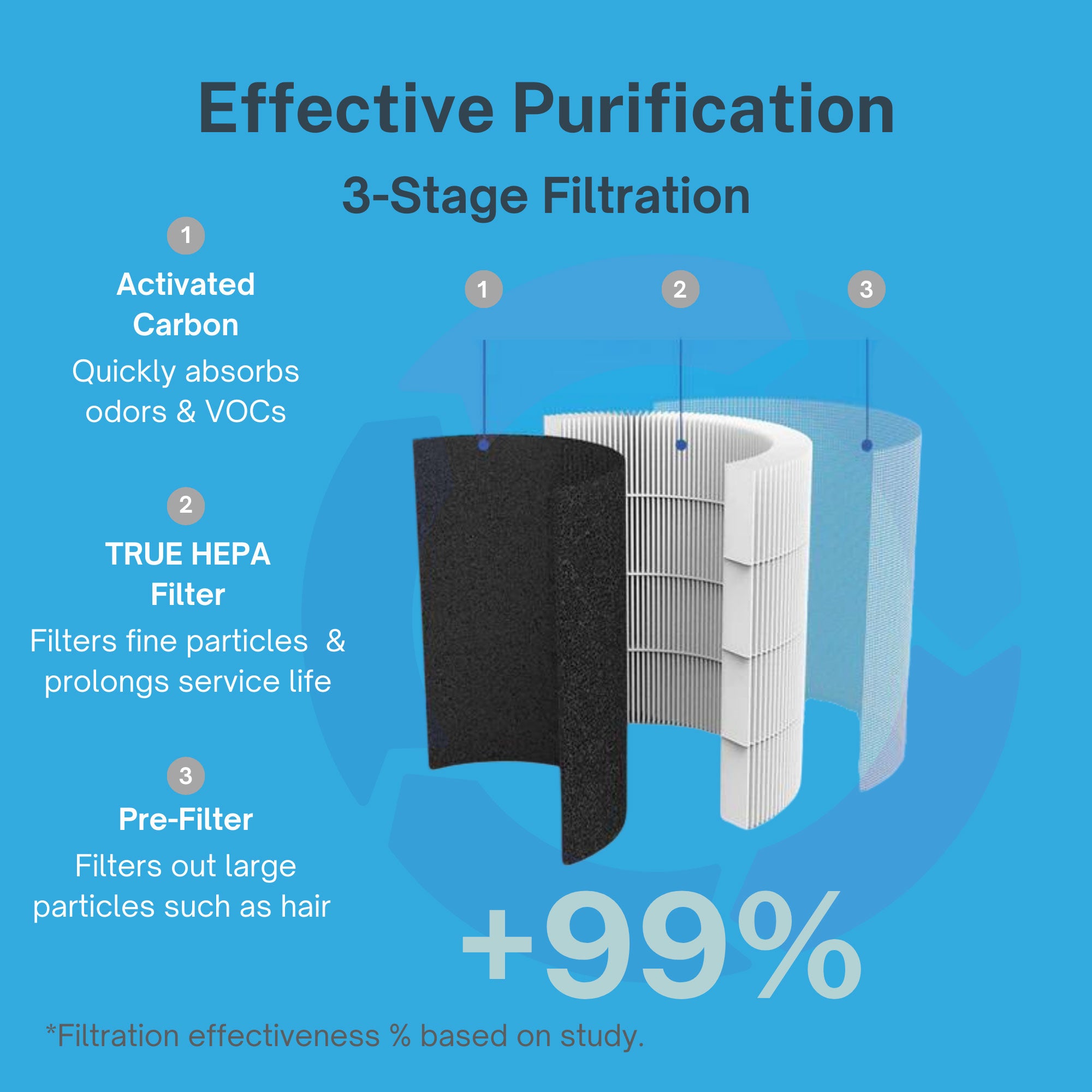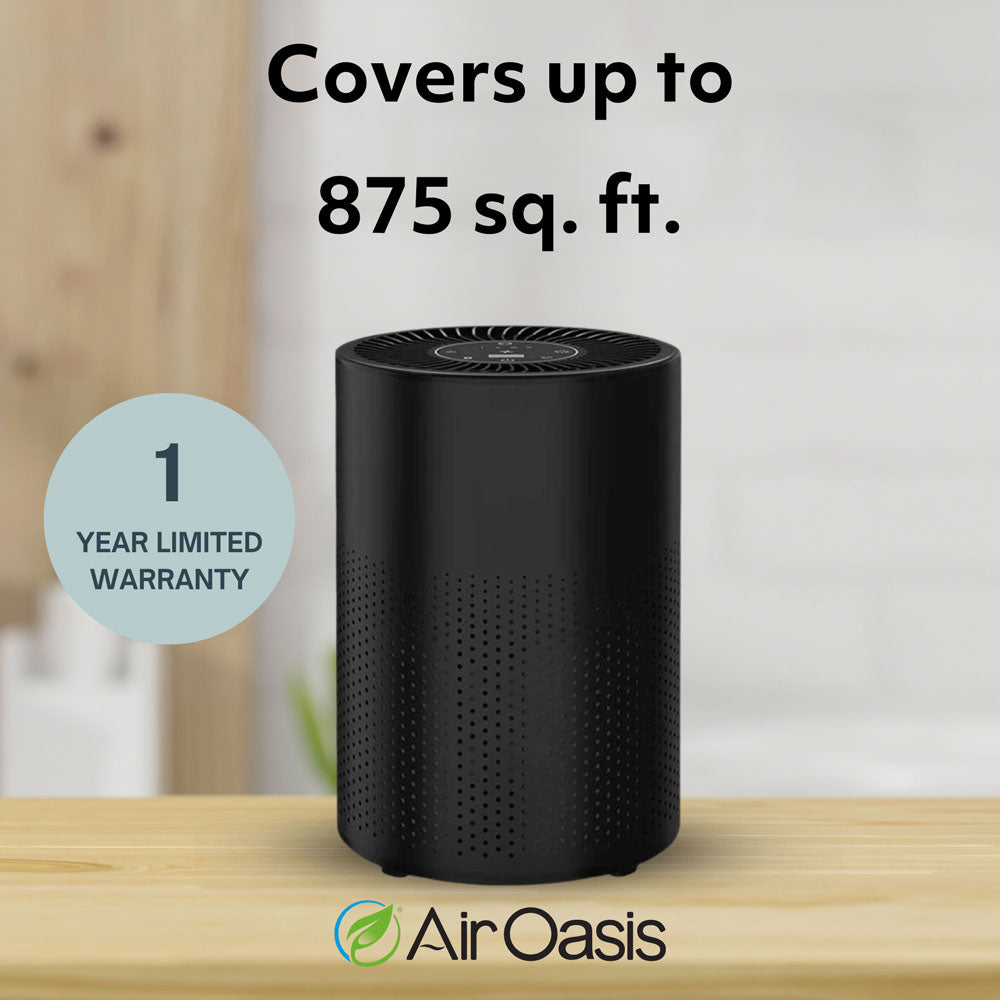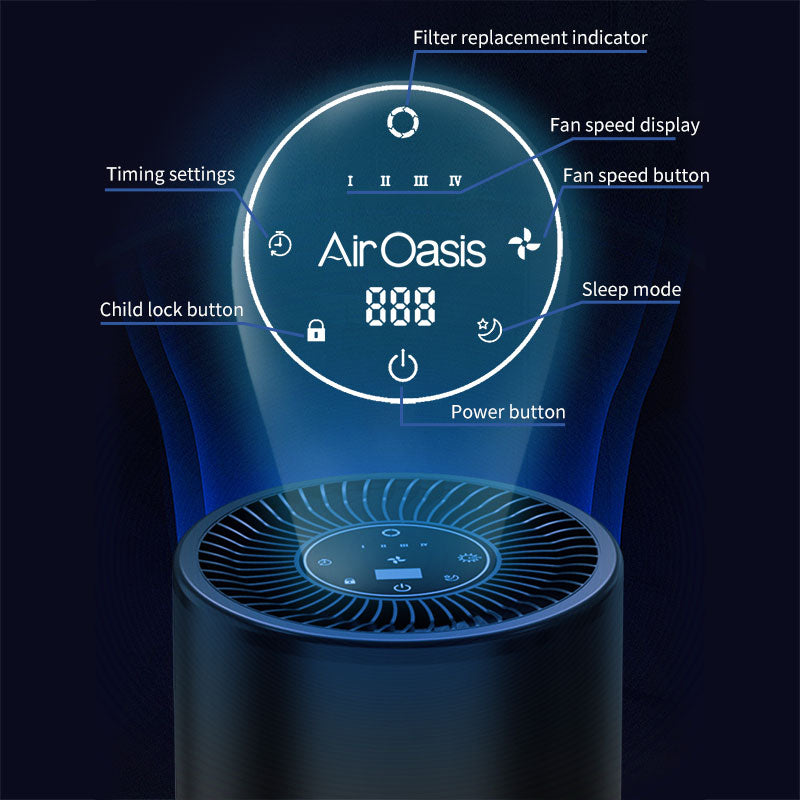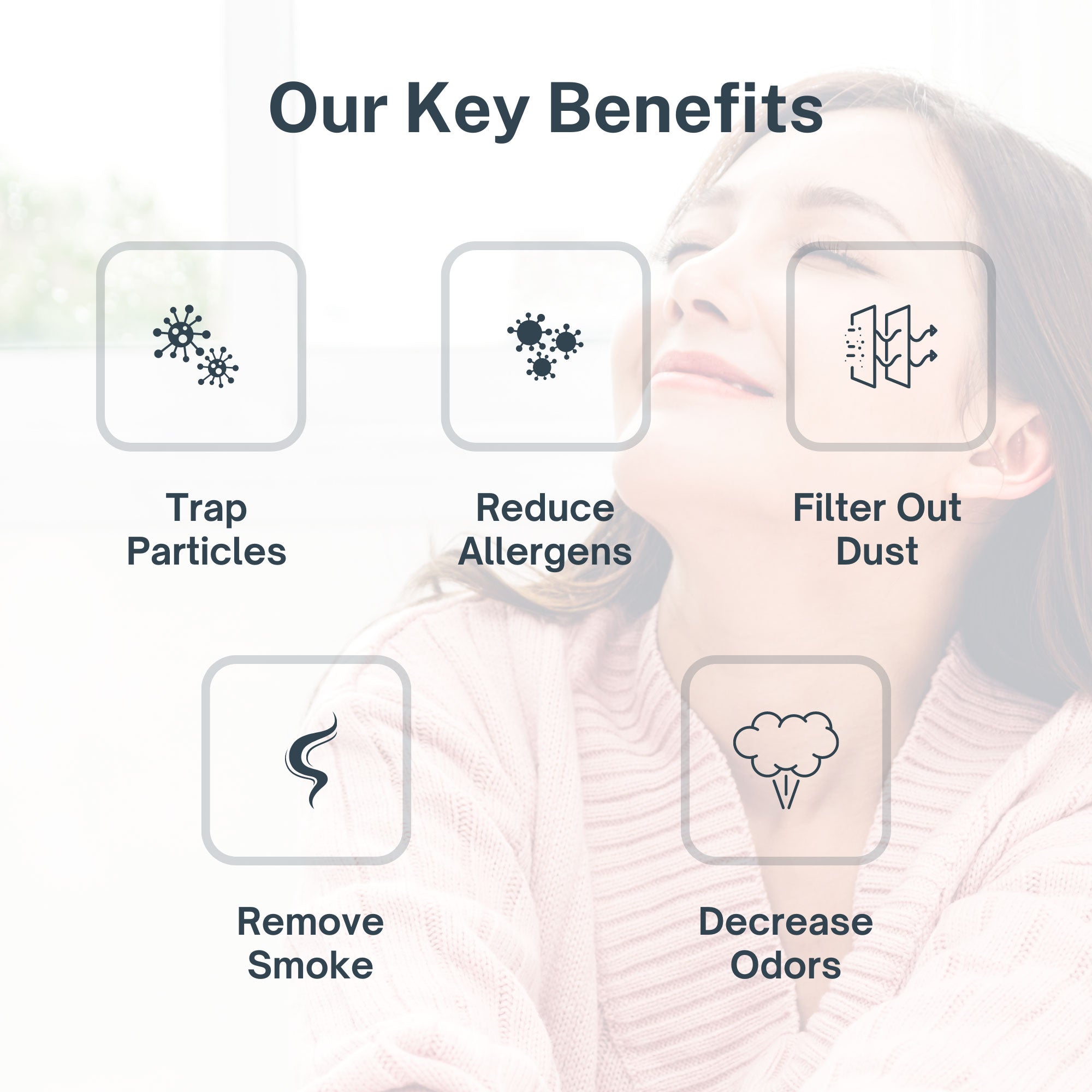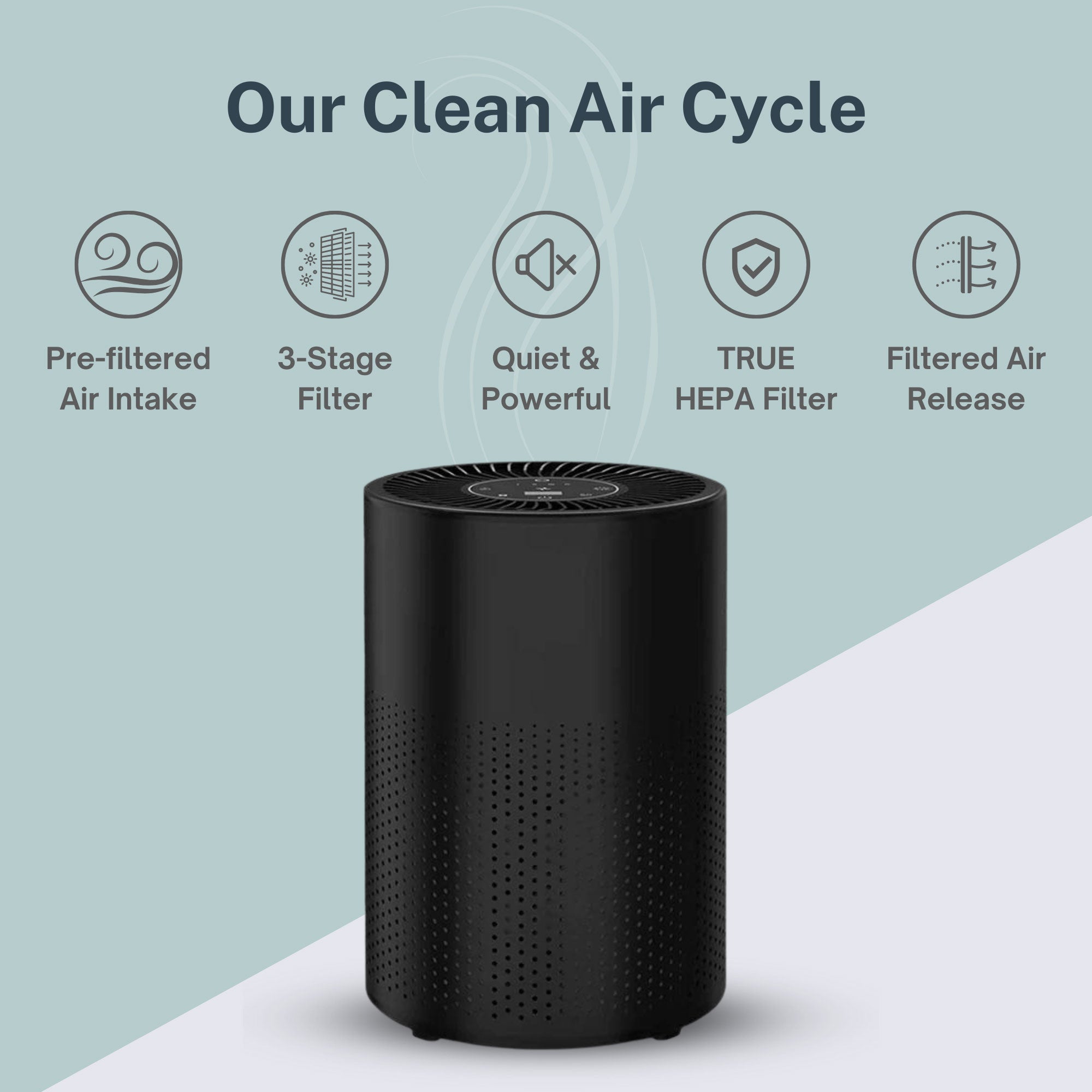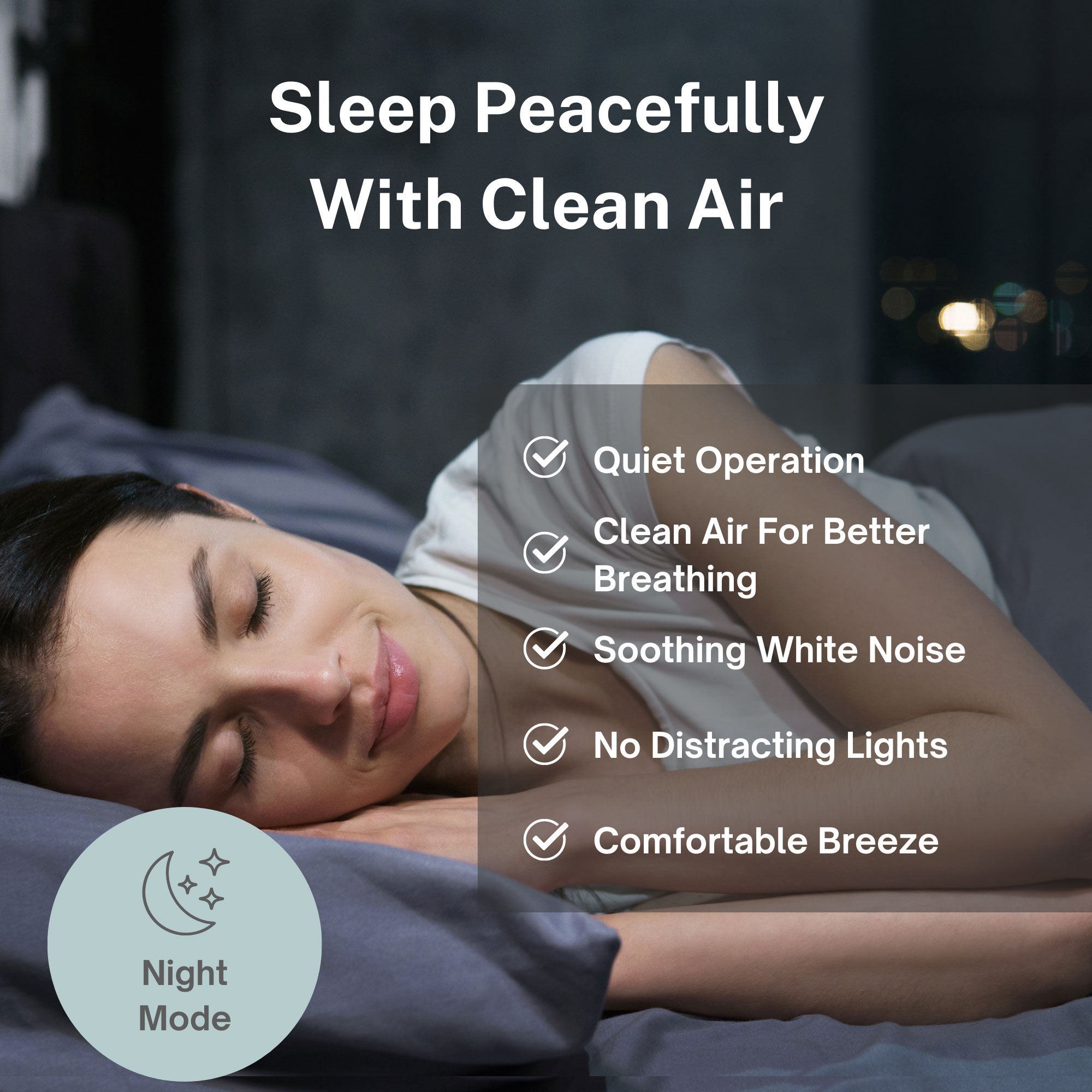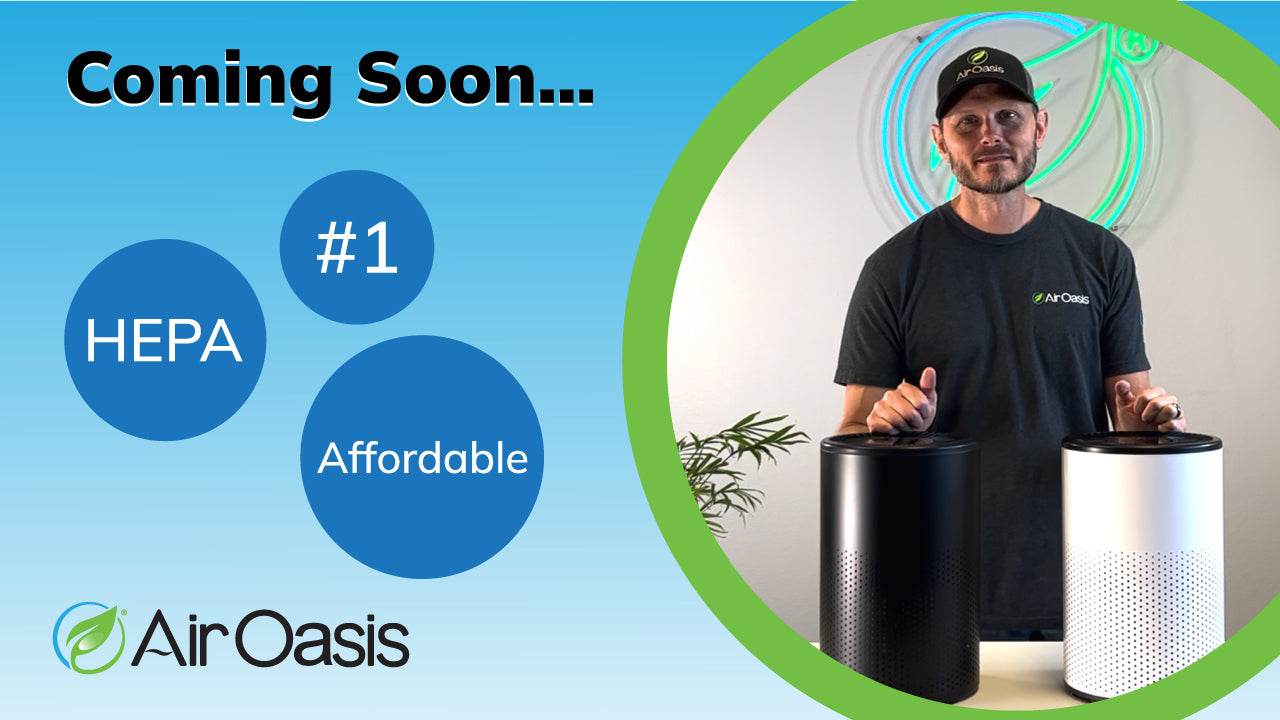The fall season is not kind to those who suffer from seasonal allergies. Now that the leaves are falling and the allergies are flowing, the great outdoors is pretty much off-limits if you experience fall allergies.
Many outdoor allergens also make their way indoors–affecting the air you breathe even when you’re in your home. While there are countless causes of indoor allergens, there are specific triggers during the fall season for individuals that suffer from seasonal allergies. In this blog, we will take a closer look at different types of fall allergy triggers, both indoor and outdoor.
The best way to ensure you and your family won’t be bogged down from fall allergies is to invest in a high-quality air purifier. At Air Oasis, we offer top-of-the-line air purifier products to help you breathe easier during the times of the year you need it most.
Fall Allergy Triggers: Outdoors
If your allergies peak when the leaves start dropping, you are not alone. When you experience seasonal allergies, your immune system tries to fight off a substance you’re sensitive to by releasing histamine, which leads to unpleasant symptoms. Fall allergy triggers can include specific types of mold, pollen, plants, and weeds.
Fall Plants
Ragweed pollen is one of the most common triggers of seasonal allergies in the fall. About 75% of people allergic to spring plants are also affected by ragweed. Typically, ragweed starts pollinating in the late summer and can continue through September and October, depending on the climate and how warm it is. Even if you don’t have ragweed in your area, its pollen can travel hundreds of miles through the air, triggering fall allergy symptoms.
Other common allergy-causing plants include cedar elm, sagebrush, mugwort, Russian thistle (tumbleweed), and cocklebur.
Fall Pollen
Various flowering plants, trees, and grasses reproduce by releasing pollen into the air, and are a major cause of fall allergies. These pollen grains float in the air, easily entering a home through open windows and doors, the HVAC system, or a person’s body. When a person with asthma or allergies inhales pollen particles, it produces an immune response. Symptoms of pollen allergies typically include runny or congested nose, sneezing, itchy or red eyes, and itchy ears or mouth.
Mold
Mold, another cause of fall allergies, doesn’t just grow in damp places inside the home; it also can grow outside in piles of wet leaves. Make sure to wipe your feet before going inside so that you don’t track mold or fall allergy carriers, such as leaves, into your home.
Indoor Air During Autumn
Allergy and asthma control begins in the home. Many people with allergies stay indoors when pollen and mold are high. But dust mites, pet dander, and even some season-specific problems tend to remain indoors.
Pet Dander
As many pets biologically prepare for the winter months to come in the fall season, their fur becomes thicker, and thus, shedding becomes greater. While you may not want to consider that cozying up to your four-legged best friend is causing your allergy symptoms, think again. It’s very common for pet hair to increase in the fall and winter months, increasing pet allergies, especially during a time when most people spend more time indoors. Pets with fur and feathers can both be culprits, and it’s not just their hair–pet dander, mainly skin, is the main culprit behind pet allergies.
Scented Candles
During the fall months, especially around the holidays, many people increase the use of scented candles. The main cause of candle allergies is the fragrance present in the candle. When burned, scented candles release toxic compounds known as VOCs into the air. These carcinogens can cause allergies and even asthma attacks.
Fall Cleaning Products
Many people experience the fall cleaning bug, much like the urge to spring clean. While cleaning your home has great benefits for indoor air quality, the products used to clean your home often have the opposite effect. VOCs are commonly found in many cleaning agents and air fresheners used in the home. For example, that pumpkin-scented air freshener you used after your living room deep clean may smell good, but it’s doing more damage to your body than you realize. In addition to triggering fall allergy symptoms, VOCs pose several health risks, including nose and throat irritation, dizziness, headaches, and even more severe life-threatening health conditions.
Ways to Control Indoor Allergens
For individuals with chronic allergies, controlling indoor allergens is vital. For many people, symptoms of nasal congestion, runny nose, and headache are just a regular part of the fall season. If you suffer from seasonal allergies, there are ways to mitigate your symptoms.
Indoor allergy relief can come in many forms. Some individuals choose to address allergy symptoms with medication, but first, it is helpful to consider the ways you can remove allergens from your home and clean your indoor air with a high-quality air purifier.
Replace Furnace Filters
Whether a furnace or an air purifier, a well-functioning filter can do wonders for eliminating indoor pollutants that make your allergies flare up during the fall months. Switching your furnace to a HEPA filter will offer maximum relief and home comfort. HEPA filters can trap 99.97 percent of allergens measuring 0.3 microns or large. A HEPA filter is one of the most effective and budget-friendly solutions available for allergy sufferers. To continue maximizing the function of your furnace filter, replace filters as directed. As with the air purifiers we sell at Air Oasis, always refer to the owner’s manual for the filter replacement timeline.
Clean Your Air Ducts
Typically, if you ask someone about the last time they cleaned their air ducts, they can’t remember or have simply never done it. Regular cleaning of air ducts is essential for maintaining healthy indoor air quality. Any pollutants that don’t get filtered out by your HVAC system, or an air purifier, will settle in your air ducts until the heat is turned on. Once the heat is on, those pollutants get swept right into the open air in your home.
Control Indoor Humidity
Humidity is a major source of mildew and mold in the home. Factors contributing to increased humidity levels include plumbing leaks, lack of ventilation, porous walls, geographical location, and more. On the flip side, air that is too dry can also contribute to allergens. For optimal indoor air quality, aim to control your home's humidity by using either a humidifier or a dehumidifier, depending on your climate.
Invest in an Air Purifier
Air purifiers use various techniques to clean indoor air, including filtration, ionization, ultraviolet (UV) light, and activated carbon filtration. The most common method, filtration, is when the purifier draws air in through its filter, trapping unwanted contaminants such as fall allergens. The best air purifiers for seasonal allergies use leading technologies to trap, reduce, and destroy airborne allergens, such as pollen, mold, dust, pet dander, and pests.
Fight Fall Allergies With an Air Purifier
If you’re living with what feels like a chronic cold, you are probably the unfortunate victim of seasonal fall allergies. When summer ends and the trees start to change, you probably begin experiencing your symptoms. The good news is that you can mitigate symptoms by understanding triggers and taking calculated steps to reduce allergens in your home. To help eliminate causes of fall allergies, we recommend the iAdaptAir® HEPA Purifier. With the help of HEPA filter technology, the iAdaptAir filters up to 99% of airborne allergens, dust, pollen, mold, and odors.
At Air Oasis, our mission is to help families breathe better. And part of that promise is helping people understand that annoyances like seasonal allergies don’t have to be your reality. Our high-quality air purifiers clean your air so you can focus on what matters most — living a full, happy life. For questions or concerns, contact us online or give us a call at 806-373-7788.


